how do brakes work on a train
In various forms it. For the train to actually move the operator has to disconnect this air tank.

Couplers Brakes The Transcontinental Railroad
Answer 1 of 4.
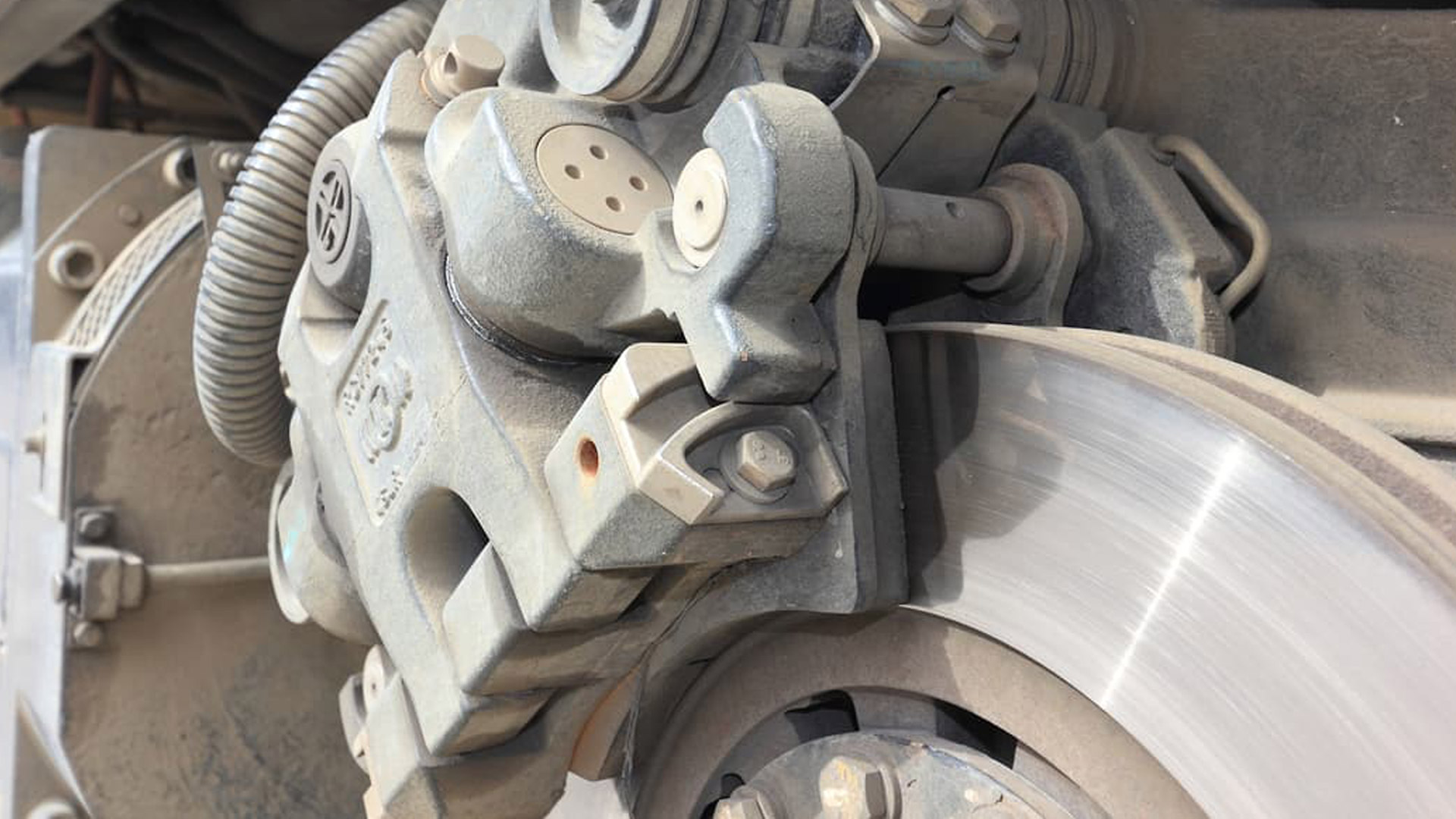
. The proper and REQUIRED method for setting and testing hand brake applications is. 2 Release the air brakes on the train AND the independent brakes on the locomotive. When the train reaches flat land the engineer disengages the dynamic brake which turns the fans off fires up the prime mover and begins sending current to the traction motors again.
The brakes apply whenever the air pressure in the brake pipe drops. Essentially the brakes are always on. Us freight railroad brakes use a pressurized air line to supply reservoirs on each car.
Both the handbrake and the air cylinder move the linkage of rods and levers that apply the brake shoes to the wheels. The air brake system on a train works by the linkage of all the carriages or trucks from the engine and works by not pushing on the brakes but instead it holds them off until the pedal is pressed and the air is prevented and the brakes lock on. The principle is explained here.
The resistance of the motor field acts as a brake on the locomotive which in turn helps to slow the train. The train brakes are released by admitting air to the train pipe through the engineers brake valve. A railway air brake is a railway brake power braking system with compressed air as the operating medium.
In normal braking the pressure in the train pipe does not reduce to zero. But the handbrake and the air cylinder work independently of each other. Working pressures The compressor on the locomotive charges the main reservoir with air at 125140 psi 8697 bar.
Depends on the train and location. Yes every car on a train has its own set of brakes. When there is a dip in pressure in that line from an application or a hose break it trips a valve on the reservoir and sends a corresponding increase in air pressure to the brake cylinders.
This is made possible by an air line that spans the entire length of the train. If they are both applied at the same time they duplicate their effort. Each reservoir on each car is charged up by air supplied from the locomotive through the brake pipe.
Vacuum brake - Wikipedia Now this technology is outdated because of its many limitation. Compressor component draws air from the atmosphere and compresses it for storage Air moves through braking pipe and feed pipe to transport it through the train Compressed air travels to the control reservoir Air enters into the brake cylinder Pushes an interior rod outward The. Normally with the train rolling along and the brakes released the locomotive will be maintaining 90 psi in the brake pipe and the reservoirs will be charged up to 90 psi too.
If the train accidentally uncouples the brakes will automatically apply fully-since all of the brake pipe pressure will be vented to the atmosphere through the disconnected pipe. Brake cylinder of each car causes the brakes to move away from the wheels. The train brakes are released by admitting air to the train pipe through the engineers brake valve.
Modern trains rely upon a fail-safe air brake system that is based upon a design patented by George Westinghouse on April 13 1869. When you push the function key to turn on the dynamic brakes on a DCC-sound-equipped model locomotive the sound you hear is those fans kicking in. 1 While the air brakes are set on the whole train apply the recommended amount of hand brakes for that size of train.
The electric current generated by the motors in the dynamic-braking mode is a waste product and is dissipated as heat in banks of. If the train accidentally uncouples the brakes will automatically apply fully-since all of the brake pipe pressure will be vented to the atmosphere through the disconnected pipe. When air brakes were first implemented in the 19th century their use.
It is replaced by compressed air brakes. In the early part of the 20th century many British railways employed vacuum brakes rather than the railway air brakes used in much of the rest of the world. The power part comes from air stored in a reservoir on each car.
He or she does this by pumping air into a. In this small tutorial we go through the basics of how train brakes work. But either one can be applied without applying the other.
The main advantage of vacuum was that the vacuum can be created by a steam ejector with no moving parts and which could be powered by the steam of a steam locomotive whereas an air brake system requires a noisy and complic. The Westinghouse Air Brake Company was subsequently organized to manufacture and sell Westinghouses invention. Each cars has a set of brakes air lines and cylinders which regulate the brakes on each car by responding to the commands of the engineer.
He or she does this by pumping air into a. A What are independent brakesb What are auto brakesc What re dynamic brakesd. How Air Brakes Work.
In the days yore the train brakes worked on Vacuum technology and principle.

Brake System In Train Emergency Brake In Train Air Brake In Train च न प ल ग In Hindi Youtube
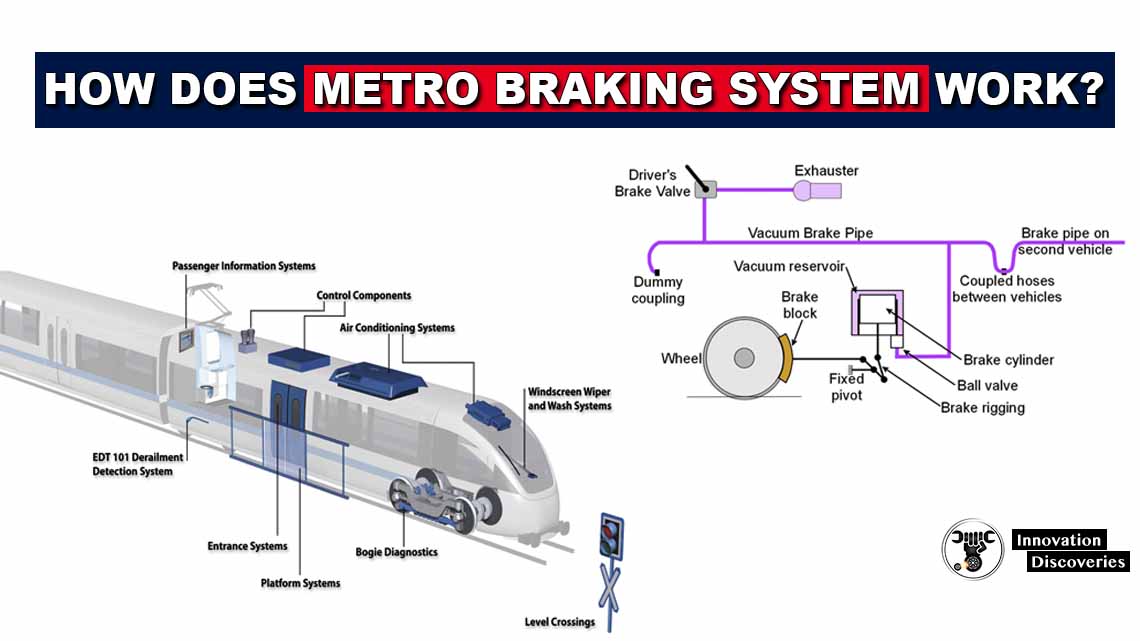
What Type Of Braking System Used In Metro Trains How Does Metro
Vacuum Brakes The Railway Technical Website Prc Rail Consulting Ltd
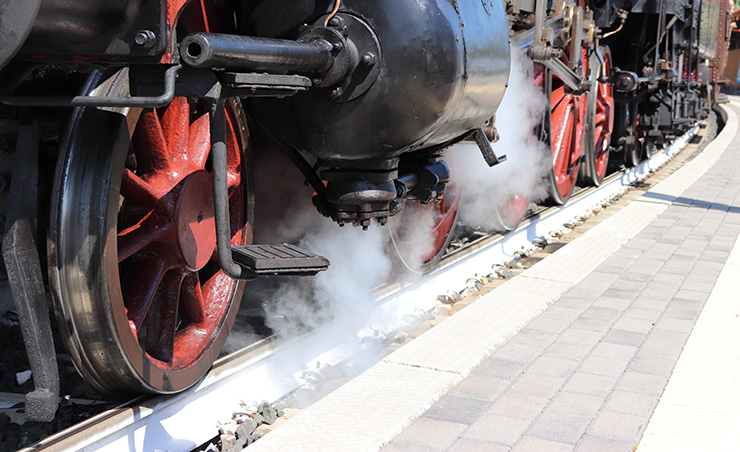
Westinghouse And The Fail Safe Train Air Brake Part 1 The Problem Electrical Engineering News And Products
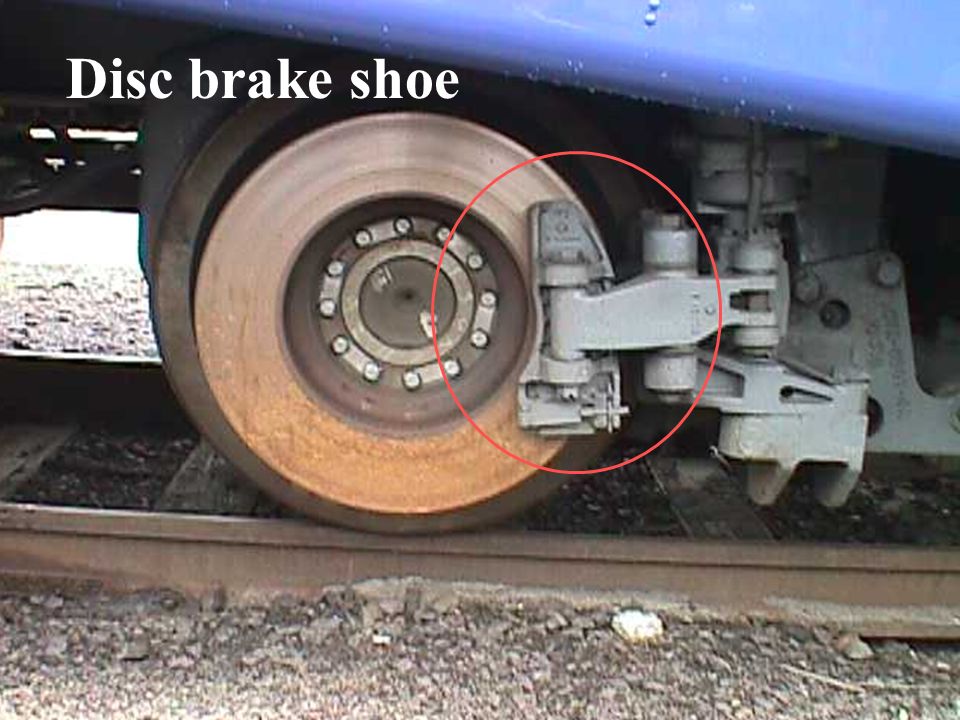
Locomotive And Car Brake Systems Ppt Video Online Download
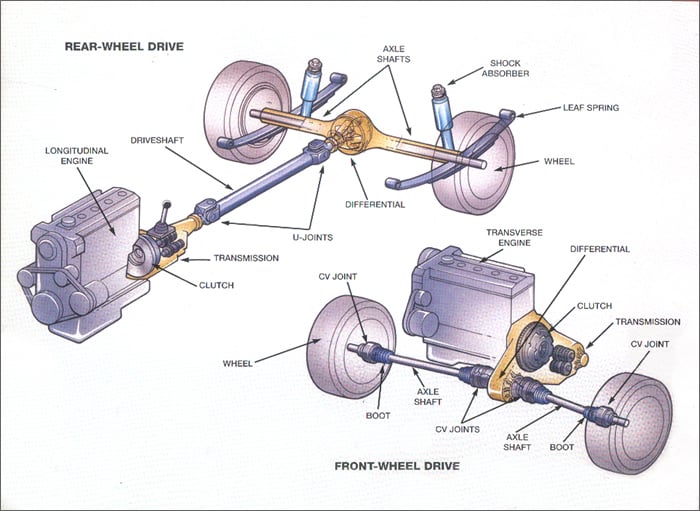
The Drive Train Hydraulic Brake System Steering System Schoolworkhelper

How Does Work Disc Brake Of Lhb Coach Youtube
Electro Pneumatic Brakes The Railway Technical Website Prc Rail Consulting Ltd
Bogies The Railway Technical Website Prc Rail Consulting Ltd
Electro Pneumatic Brakes The Railway Technical Website Prc Rail Consulting Ltd
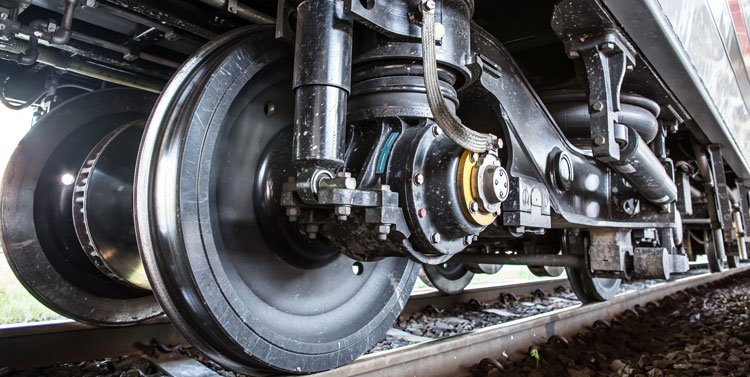
Train Braking Performance Determination Global Railway Review

What Is Train Air Brake Trainairbrake Introduction Of Train Braking System Lhb Train Brake Youtube
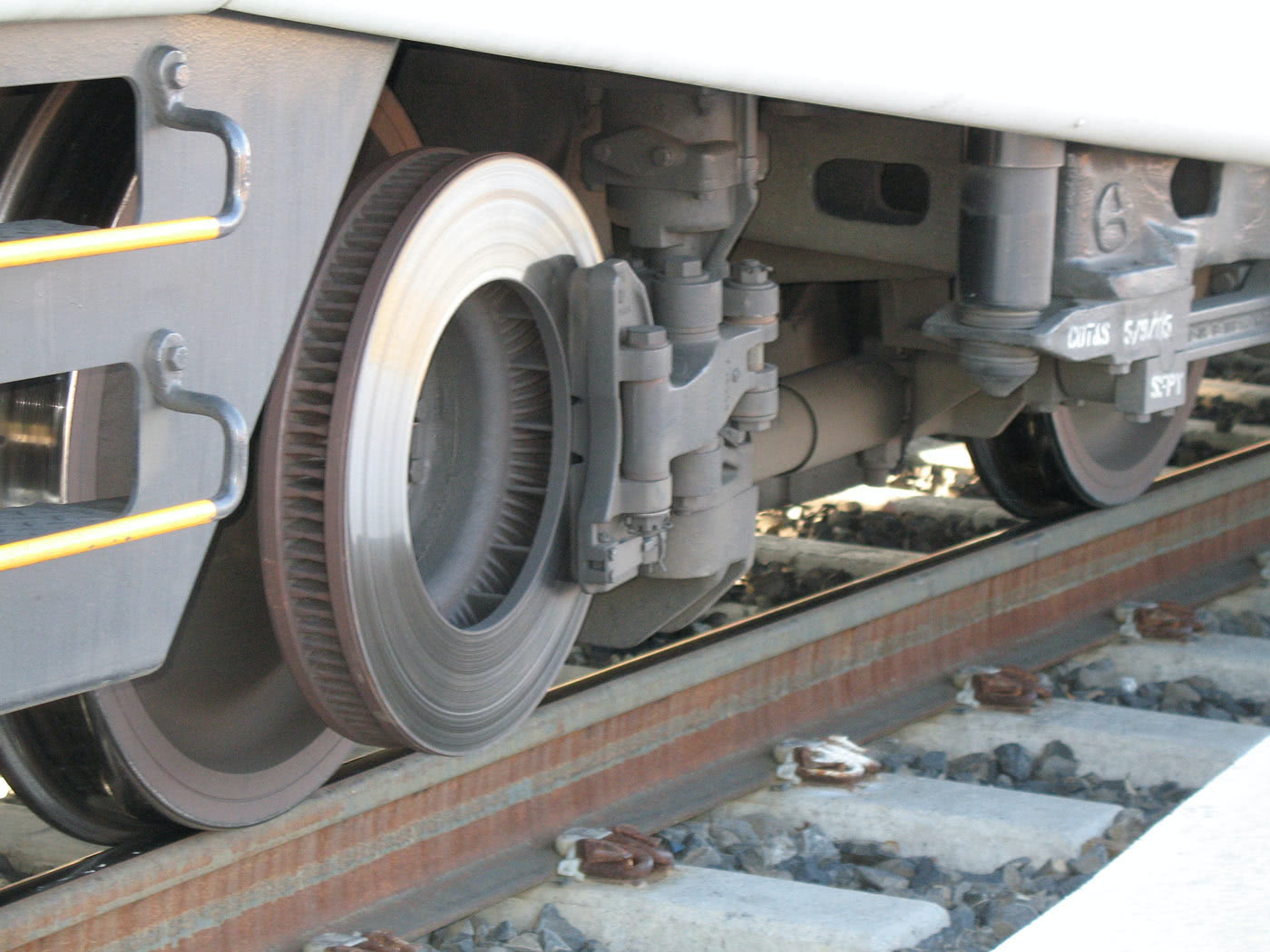
Rail Way Dust Its Effect On A Digital Display Metrospec
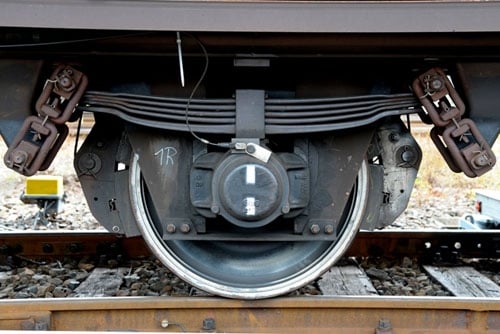
A Life Cycle Approach To Braking Costs International Railway Journal
Vacuum Brakes The Railway Technical Website Prc Rail Consulting Ltd
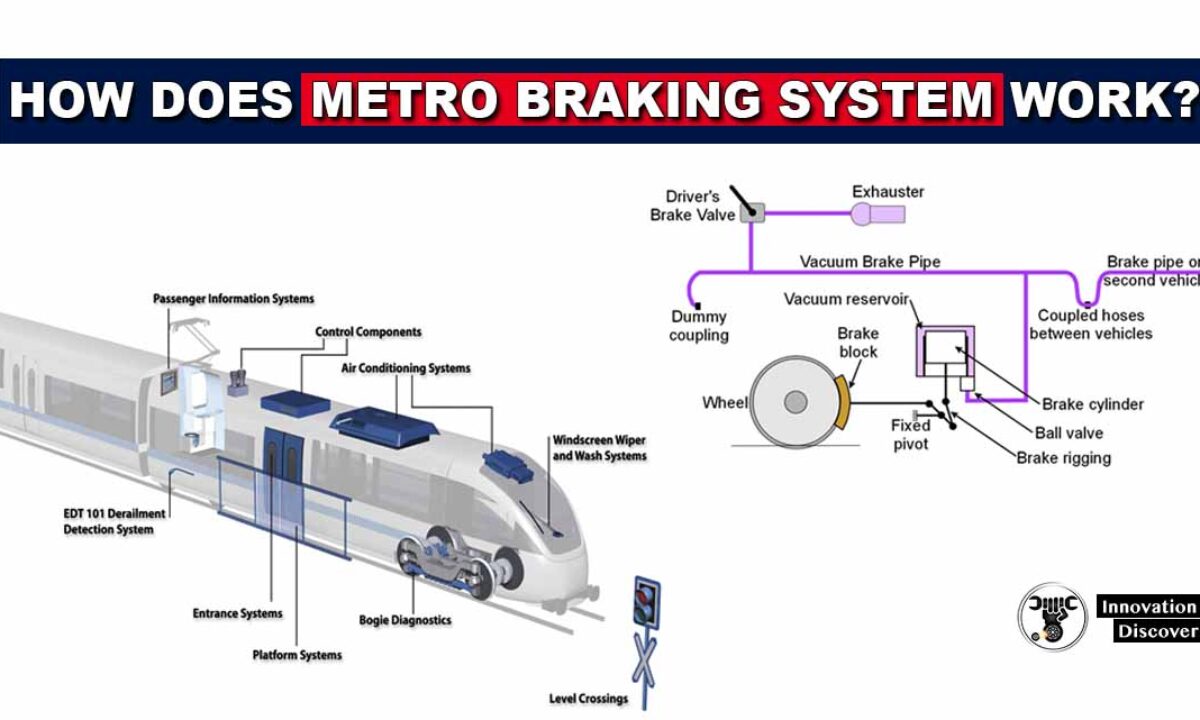
What Type Of Braking System Used In Metro Trains How Does Metro
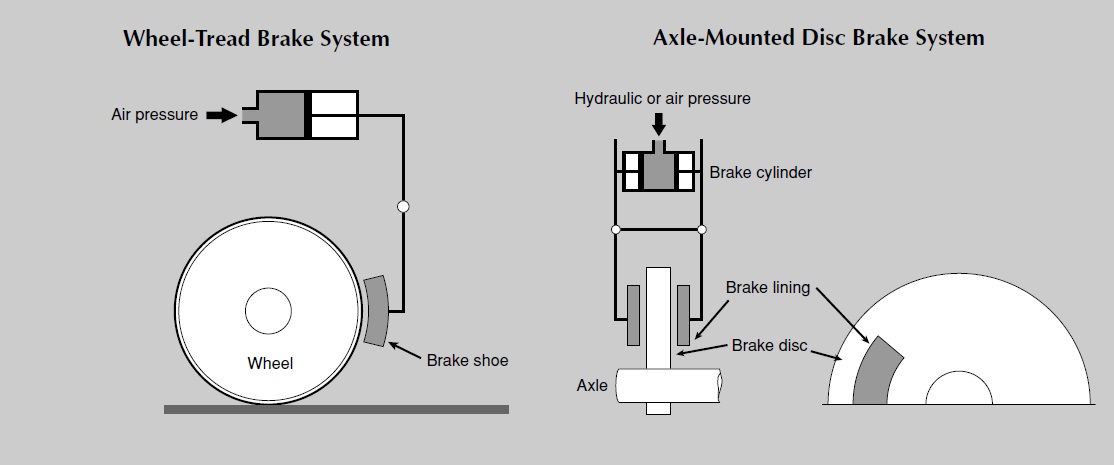
.jpg)